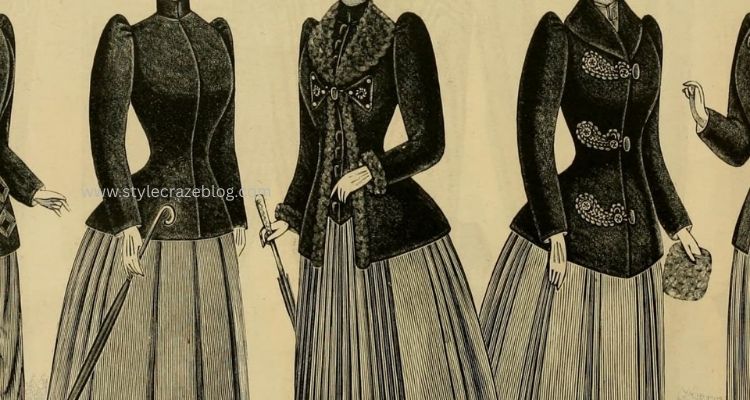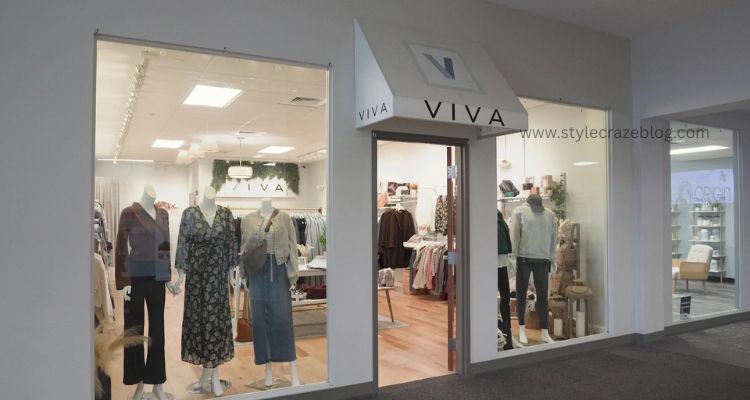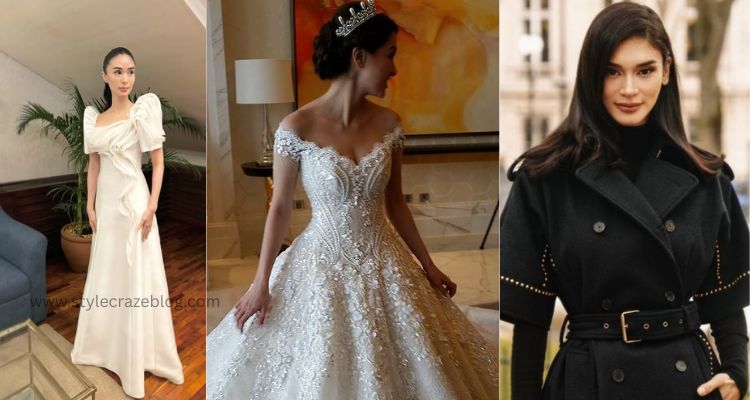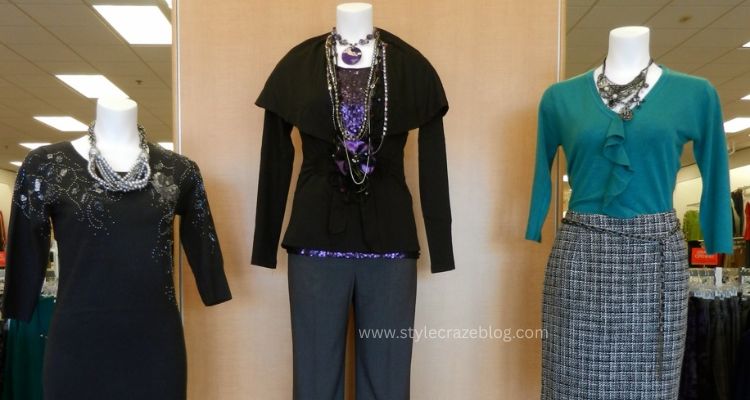When we think of 1890s fashion, it feels like stepping into a world of elegance balanced with practicality. The decade was full of contrasts—structured outfits, changing roles for women, and steady traditions for men. Clothing told a story about ambition, identity, and the excitement of entering a new century.
What Did People Wear in the 1890s?
In the 1890s, men and women dressed with distinct flair. Women wore corsets, tailored bodices, and long skirts. The famous “leg-of-mutton” sleeve became the trademark of the era. It started slim at the wrist and puffed out at the shoulder, creating a dramatic silhouette. Hats, gloves, and parasols completed the look.
For men, sharp tailoring defined everyday style. Suits with stiff collars, waistcoats, and ties gave structure and authority. Bowler hats or top hats were almost mandatory for a polished look.
I once looked through old family portraits from the 1890s, and I noticed how everyone stood tall in their outfits. It wasn’t just clothing—it was about dignity. That’s what I find so fascinating about 1890s fashion.
What Were the 1890s Called?
The 1890s often carried different cultural names. In America, people referred to it as the “Gay Nineties,” hinting at a mood of energy and optimism. Across Europe, it overlapped with the Belle Époque, known as a time of art, music, and cultural luxury.
So, while 1890s fashion looked formal and serious, it also matched a decade that enjoyed theater, bicycles, dances, and a growing middle class. Fashion and society mirrored one another—controlled yet bursting with creativity.
What Defined the 1890s Decade?
The 1890s stood as a decade of transition. Industry grew, cities expanded, and inventions shaped modern life. This change also defined style. Women pushed fashion beyond strict rules. Cycling became popular, and this sparked “rational dress.” Bloomers, shorter skirts, and practical clothing gained popularity, though traditionalists raised eyebrows.
Men’s looks symbolized reliability. Business suits, long coats, and polished shoes marked professionalism. Style wasn’t just clothing; it was a declaration of social standing. Fashion captured ambition and responsibility at the same time.
When I first read about women cycling in bloomers, I imagined how radical it must have felt. It wasn’t just fashion—it was freedom stitched into fabric.
What Is the 3-3-3 Rule in Fashion?
Today’s 3-3-3 rule in fashion feels modern, but it shares roots with 1890s habits. The idea is simple: three tops, three bottoms, and three pairs of shoes to rotate into outfits. Back in the 1890s, people didn’t own endless wardrobes. Instead, their clothing was limited but carefully chosen.
A woman may have had two everyday dresses, one evening gown, and a walking outfit. Men often rotated a few suits with different accessories. In that sense, they were already living the 3-3-3 approach. Clothing lasted longer, and fashion valued quality over quantity.
Why 1890s Fashion Still Inspires Us
Even in today’s world, 1890s fashion continues to inspire. Structured jackets, puffed sleeves, and detailed tailoring have made comebacks on runways. Designers reimagine the era’s elegance with modern fabrics.
At a vintage fair, I once saw an 1890s walking suit. Its heavy wool, tall collar, and row of tiny buttons instantly transported me back to that time. It was more than just style—it was history.
This is why exploring the 1890s feels rewarding. You don’t just learn about clothes; you see how fashion defined identity, aspiration, and even freedom.
Final Thoughts
1890s fashion wasn’t only about beauty. It reflected change, culture, and resilience at the end of a century. From “leg-of-mutton” sleeves to sharp men’s suits, the decade showcased elegance while adjusting to modern demands.
For me, the appeal lies in its balance: formal yet forward-looking, reserved yet adventurous. And that’s why the 1890s still capture our imagination today.




